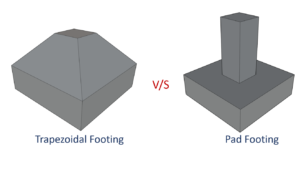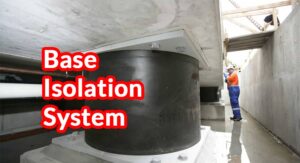
ADVANTAGES OF NO-FINES CONCRETE:
The principal advantages claimed for no–fines concrete are economy in materials, somewhat higher thermal insulating values, lower shrinkage, and lower unit weight. The major disadvantages are its low compressive, flexural, and bond strength, and higher permeability.
- The density of no fines concrete is very low.
- No fines concrete does not segregate and the capillary movement of water is almost nil.
- It has better thermal insulating characters due to the presence of large voids
- This concrete can be used by dropping from a permissible height.
- Shrinkage is also lower than normal concrete.
- It is lightweight.
- The formwork can be removed earlier.
- No mechanical vibrator is required for compacting no fines concrete, simple rodding method is sufficient for full compaction.
- It gives better and attractive appearances.
- Production cost is comparatively lower than other conventional concrete because lower cement content is used.





